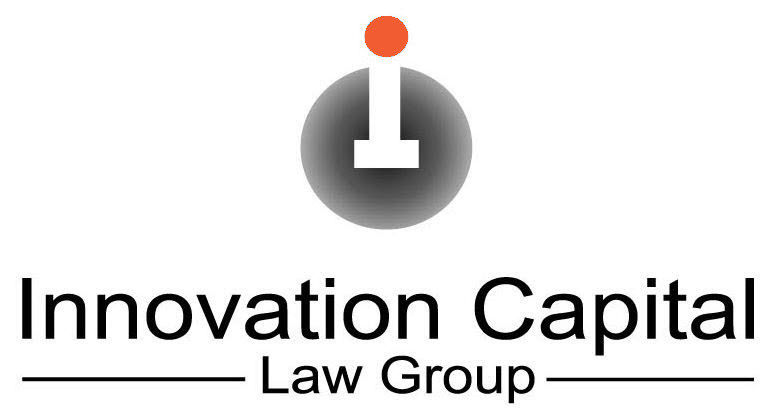Why does micro entity status matter?
USPTO patent fees are generally proportionate to the size of the applicant. A large entity with over 500 employees must pay the full rate. A small entity pays 40% of the full rate (60% discount). A micro entity pays only 20% of the full rate, equating to an 80% discount off the full rate and half the rate paid by a small entity.
What is a micro entity?
A micro entity must meet certain criteria, namely, specific income requirements and limits on patent filings:
- approximately $223,000 was the Maximum Qualifying Gross Income limit as of 2023;
- no more than 4 prior nonprovisional patent applications, including utility and design patent applications.
Provisional patent applications do not count toward the limit of prior patent filings. Furthermore, the cap of four prior US nonprovisional patent applications does not include any patent applications where you assigned all ownership rights to another company as a result of your previous employment.
What is our firm’s policy on micro entity cases?
Our firm is open to filing micro entity applications for individuals only. If and when we do take on a micro entity patent application for an individual, it is the individual’s responsibility to make sure they still meet the requirements after a calendar year has passed.
Our firm has chosen not to file micro entity applications for corporate clients. If you wish to have our firm file your patent application to be owned by a company with fewer than 500 employees, expect to pay small entity fees.
Why has our firm chosen not to file micro entity patent applications for companies?
A micro entity patent application filed on any entity other than the individual inventors requires a certification signed by the patent attorney. The USPTO has been cracking down on patent filings where micro fees were improperly paid. In some cases, lawyers have been sanctioned.
In an abundance of caution, our firm has chosen not to sign micro entity certifications on behalf of corporate entities. We believe the risks of patent invalidity or unenforceability due to wrong USPTO payments outweigh the cost savings.
If a pending application filed by another firm started off as micro, our firm might be willing to take over representation on a case-by-case basis. For corporate clients that transfer their pending patent applications to our firm, we may require that all new patent filings be filed under small entity status to err on the side of caution.
Our patent team adheres to flat-fee billing for patent prosecution matters as much as reasonably possible. Fixed rates for patent prosecution and other IP matters are made possible by efficient processes that avoid the churning of unnecessary back-and-forth communications with clients.
Can your status change to a small entity?
Even if you are sure you qualify as a micro entity upon the initial filing, circumstances can bump up your status to a small entity. This can happen in one of two ways.
First, your income for a particular year may increase and exceed the maximum qualifying gross income. Since incomes fluctuate from year to year, particularly for entrepreneurs working in startups, certain vigilance is required to ensure that an applicant’s income remains under the cap every year.
Second, an applicant may file additional patent applications. Once the total number of nonprovisional patent applications, including design patents, hits 5 or more, the applicant can no longer be micro.
What are the risks of incorrectly paying USPTO fees?
If an applicant has paid micro entity USPTO fees when in fact the applicant does not qualify for this status, the consequences of such wrong payments will depend upon the good faith of the applicant at the time of the payment(s). If made with an intent to deceive, then such discounted payments may be considered as a fraud practiced or attempted on the USPTO. [see 37 CFR 1.29(j)].
If prior erroneous payments were paid in good faith, then the applicant must promptly file a notification of loss of micro entity status along with itemized requirements of 37 CFR 1.29(k)(1).


